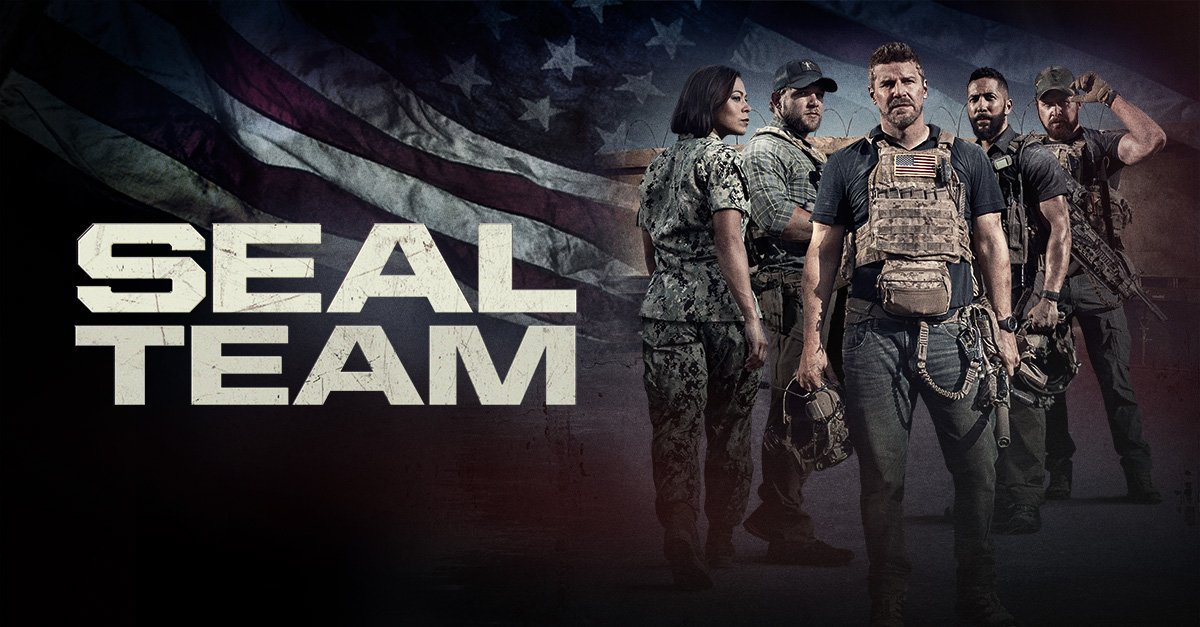When we think of heroes, images of brave soldiers often come to mind. Among these warriors, the Seal Team stands out as one of the most elite and skilled military groups in the world. Known for their incredible bravery, unique training, and successful missions, they have earned a reputation that inspires awe and respect. This article delves into the fascinating world of the Seal Team, exploring their history, training, missions, and the impact they have had on military operations.
What is a Seal Team?
The Seal Team refers to a group of highly trained special operations forces in the United States Navy. The acronym “SEAL” stands for Sea, Air, and Land, highlighting their ability to operate in various environments. These teams are specially trained for unconventional warfare, counter-terrorism, and reconnaissance missions.
- Key Features of Seal Teams:
- Operate in diverse environments: sea, air, and land
- Conduct covert operations and intelligence gathering
- Engage in direct action missions against high-value targets
The skills and bravery of the Seal Team make them vital in protecting national security and interests.
A Brief History of the Seal Team
The roots of the Seal Team can be traced back to World War II. During this time, the U.S. Navy established specialized units to conduct underwater demolition missions. This led to the formation of the Navy SEALs in 1962, officially recognizing their role in special operations.
Evolution Through the Years
- Vietnam War: The SEALs gained prominence during the Vietnam War, where they conducted covert operations and played a crucial role in riverine warfare.
- Cold War: Throughout the Cold War, the Seal Team expanded its operations to counter Soviet threats, emphasizing intelligence gathering and sabotage.
- Global War on Terror: In the wake of the September 11 attacks, the SEALs became increasingly active in the Middle East, participating in missions to dismantle terrorist organizations.
Today, the Seal Team is considered one of the most formidable forces in the world, adapting to new threats and challenges.
Training: The Path to Becoming a Navy SEAL
Becoming a member of the Seal Team is no small feat. The training process is grueling and intense, designed to push candidates to their limits.
Overview of the Training Process
- Basic Underwater Demolition/SEAL (BUD/S) Training:
- Lasts about six months
- Focuses on physical fitness, teamwork, and basic SEAL skills
- Includes Hell Week, a grueling five-day period of extreme physical and mental challenges
- Parachute Jump School:
- Trains SEALs in airborne operations
- Teaches static line and freefall jumping techniques
- Survival, Evasion, Resistance, and Escape (SERE):
- Teaches SEALs how to survive in hostile environments
- Focuses on evasion techniques and escaping captivity
- Advanced Tactical Training:
- Covers advanced combat tactics, including close-quarters combat and counter-terrorism operations
- SEALs learn to use various weapons and equipment
The Mental Challenge
Physical strength is essential, but mental resilience is equally crucial. The training emphasizes teamwork, problem-solving, and adaptability, preparing SEALs for unpredictable scenarios.
The Mission: What Does a Seal Team Do?
The Seal Team undertakes various missions, each requiring unique skills and strategies. Here are some of the primary types of missions they conduct:
Types of Missions
- Direct Action: Involves short-duration strikes against high-value targets. For example, the mission to capture Osama bin Laden was a direct action operation executed by a SEAL team.
- Reconnaissance: Gathering intelligence in hostile environments to inform military operations.
- Counter-Terrorism: Targeting terrorist organizations and their leaders to prevent attacks against the U.S. and its allies.
- Unconventional Warfare: Supporting and training foreign forces in unconventional tactics and operations.
The versatility of the Seal Team makes them effective in various scenarios, ensuring they can adapt to the ever-changing landscape of global conflict.
Notable Operations: Seal Team in Action
Throughout their history, the Seal Team has participated in several high-profile operations that have shaped the course of military history.
Operation Neptune Spear
One of the most famous operations conducted by a Seal Team was Operation Neptune Spear in May 2011. This mission led to the successful raid on Osama bin Laden’s compound in Abbottabad, Pakistan.
- Key Highlights:
- Conducted by Navy SEAL Team Six (DEVGRU)
- Involved meticulous planning and execution
- Resulted in the death of bin Laden and a significant blow to al-Qaeda
Operation Red Wings
In 2005, Operation Red Wings was another critical mission involving a Seal Team. This operation aimed to capture or kill a Taliban leader in Afghanistan.
- Tragic Outcome:
- The mission faced unforeseen challenges, leading to the loss of several SEALs.
- The courage displayed during this operation is commemorated and serves as a reminder of the sacrifices made by SEAL teams.
These operations reflect the bravery and dedication of the Seal Team in protecting national security.
The Impact of the Seal Team on Military Strategy
The existence and operations of the Seal Team have significantly influenced military strategy in modern warfare. Here’s how:
Adaptation to Changing Warfare
- Asymmetrical Warfare: The Seal Team has excelled in asymmetrical warfare, where traditional forces may struggle. Their ability to operate in small teams allows them to engage effectively in unconventional conflicts.
- Intelligence and Precision: With their training, SEALs are adept at gathering intelligence and executing precise strikes, minimizing collateral damage and ensuring mission success.
Partnerships with Other Forces
The Seal Team often collaborates with other military branches and intelligence agencies. This teamwork enhances overall effectiveness and fosters a more comprehensive approach to national security.
The Legacy of the Seal Team
The legacy of the Seal Team extends beyond their missions. They have become symbols of bravery, resilience, and dedication.
Inspiring Future Generations
- Mentorship Programs: Many SEALs take part in mentorship programs, guiding young individuals interested in military careers.
- Public Engagement: Through various outreach initiatives, they inspire future generations to pursue leadership, service, and excellence.
Honoring the Fallen
The sacrifices made by SEAL team members are honored through various memorials and events. Recognizing their bravery ensures that their legacy lives on and inspires future generations to uphold these values.
The Future of the Seal Team
As the world evolves, so too does the role of the Seal Team. Emerging threats, technological advancements, and geopolitical changes will shape their future missions and strategies.
Embracing Technology
- Advanced Equipment: The Seal Team continuously adapts to new technologies, ensuring they remain at the forefront of military capabilities.
- Cyber Operations: As warfare increasingly includes cyber elements, SEALs are likely to receive training in cyber operations to counteract digital threats.
Continued Commitment to Excellence
The Seal Team remains committed to excellence and readiness. Their rigorous training and emphasis on teamwork ensure they can face any challenge that comes their way.
Conclusion
The Seal Team represents the pinnacle of military prowess and dedication. From their rigorous training to their successful missions, they embody the spirit of bravery and service. As they continue to adapt to the evolving landscape of warfare, their legacy will inspire future generations to pursue excellence, courage, and resilience.
In a world where threats are constantly changing, the Seal Team stands as a testament to the unwavering commitment of those who serve. They remind us that, in the face of adversity, bravery and teamwork can overcome even the most daunting challenges. As we look to the future, the Seal Team will undoubtedly play a crucial role in safeguarding our freedoms and ensuring a safer world for all.

